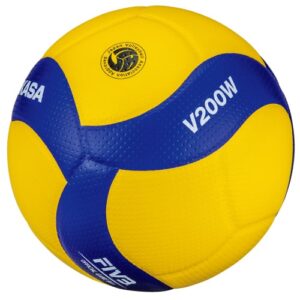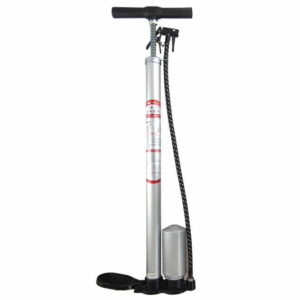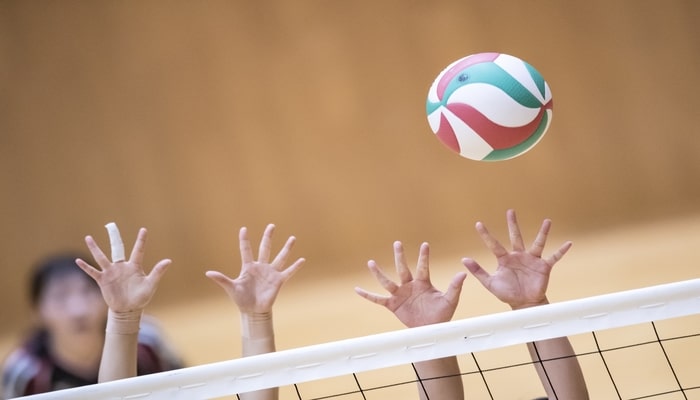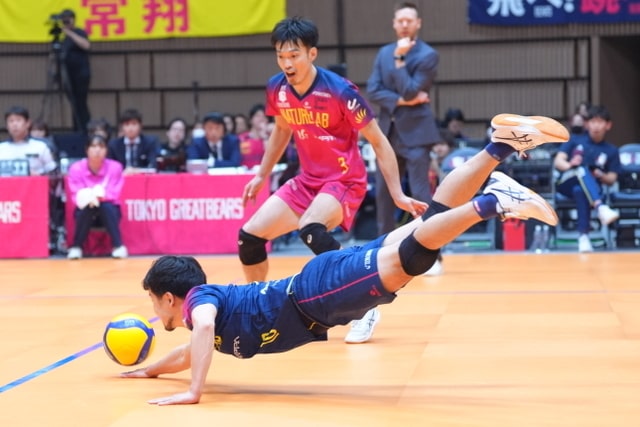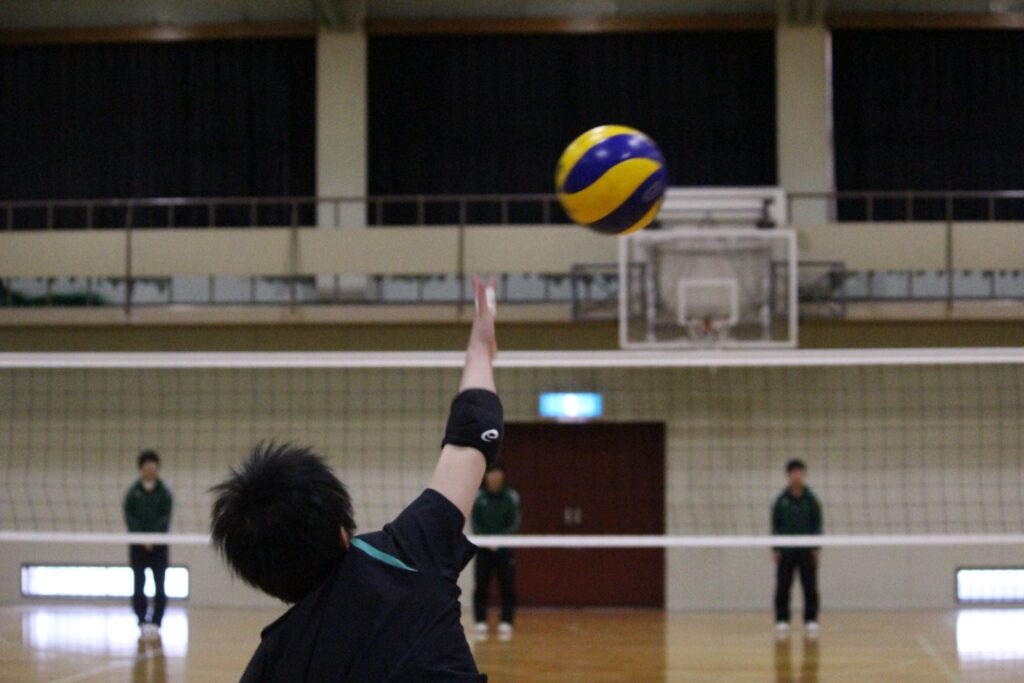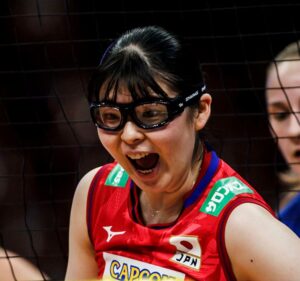
目次
- 1 volleyball size
- 2 Size of volleyball used by elementary school students
- 3 Size of volleyball used by junior high school students
- 4 Size of volleyball used by high school/university and above (adults)
- 5 soft volleyball size
- 6 beach volleyball ball size
- 7 Air pressure is also important for volleyball balls.
- 8 Difference between “Mikasa” and “Molten” used in international volleyball matches
- 9 summary
volleyball size
Size of volleyball used by elementary school students
Size of volleyball used by junior high school students
Junior high school students usually use a size 5 volleyball, the same size as adults.
This size is the standard size prescribed by the International Volleyball Federation (FIVB), with a circumference of 65-67 centimeters and a weight of 260-280 grams.
Middle school volleyball programs and competitions commonly use this standard size ball to help players transition smoothly to high school and adult level competition.
This size 5 ball has the right weight and size and is suitable for practicing skills such as spiking and serving.
Also, volleyballs used by middle school players often have slight pressure adjustments and may be made a little softer to suit training and match needs.
The most important thing for middle school players is to hone their technique and tactics, and choosing the right ball size to use can help develop these skills.
I think it’s a good practice method to change the size of the volleyball you use to match your practice menu.
Size of volleyball used by high school/university and above (adults)
The size of volleyball used by high school students, college students, and adults is the standard size 5 ball determined by the International Volleyball Federation (FIVB).
This size is commonly used in high school, college, professional levels, and amateur adult leagues. The specifications of the size 5 volleyball are as follows:
- Circumference: 65-67cm
- Weight: 260-280g
Size 5 volleyballs are the most common size for competitive play and are used for official games for all ages.
This size is designed to help players hone their technique and perform optimally during matches.
In addition, I will briefly introduce the sizes of soft volleyball and beach volleyball.
soft volleyball size
Soft volleyballs differ from regular volleyballs in that they are made of softer and easier-to-handle material, making them easier for children and beginners to play.
Although there are some differences in size compared to regular volleyballs, specific size regulations based on official international rules are often different.
The size of soft volleyballs varies slightly depending on the manufacturer and the organization using them, but in general, most soft volleyballs have a circumference of about 60 to 65 centimeters.
This is close to the standard volleyball size 5 (65-67 cm in circumference, 260-280 g) defined by the International Volleyball Federation (FIVB), but as the name suggests, soft volleyballs have a softer feel and are heavier. It’s also lighter, so you can enjoy it more safely.
Soft volleyball is especially popular in children’s physical education classes and recreational activities.
It is also widely accepted as a sport that can be easily enjoyed outdoors, such as in parks.
Its softness and lightness reduce the risk of injury and make it easy for beginners and children to handle, making it a fun way to learn basic volleyball techniques.
The exact size and weight of a soft volleyball will vary depending on the brand and model of soft volleyball used, so it is recommended that you refer to the specific product information or check the specifications before purchasing.
